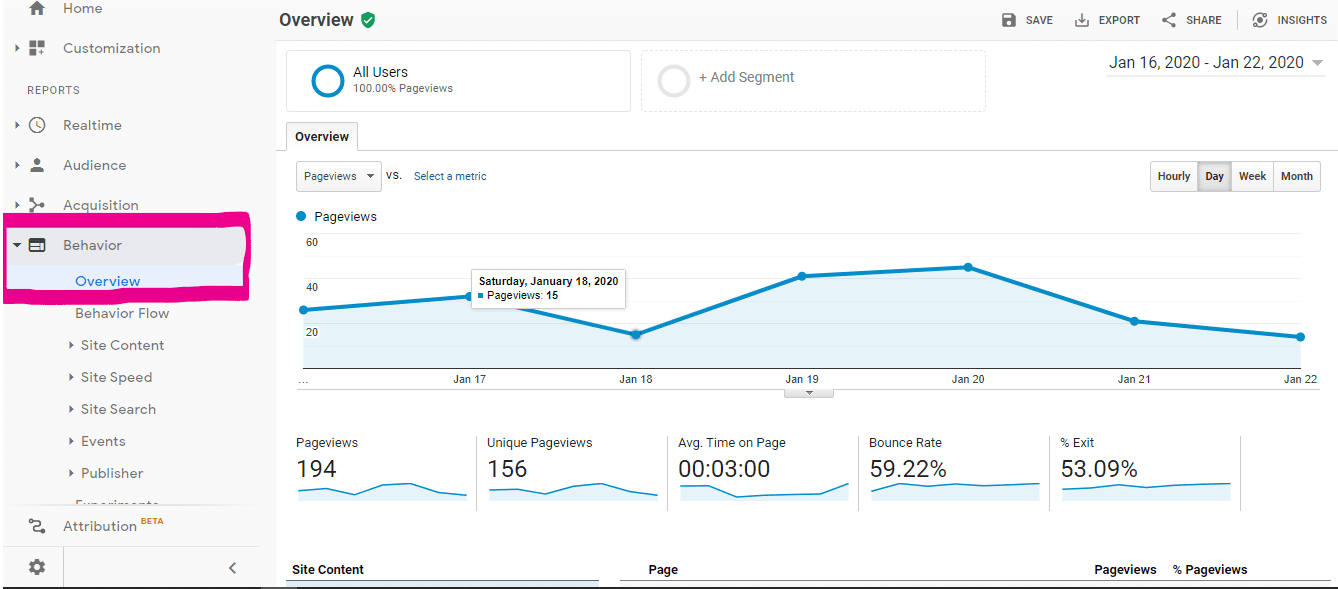The Top 5 Online Customer Behavior You Should Know About
We live in a digital world. Any business which is not online yet is probably digging its own grave. A serious business that plans to stay in the game for a long time must have a digital presence of some kind.
In Tanzania, recent data shows over 26 million people are using the internet which is about 46 percent of the country’s population. This is a very big number to ignore. If you are a business, you have no other option than to go digital.
Launching your business online, however, takes more than launching your websites, apps, or opening social media accounts, it involves having a deep understanding of your target audience.
In this article, we are taking you into the mind of your consumers. Understanding the psychology of your customers will help you align your online strategies to best suit their needs.
But first, let’s explain what Online Costumer Behavior means:
Online customer behavior is a type of behavior that is exhibited by customers while browsing websites or mobile apps in order to search, select and purchase goods and services, or interact with online content in order to fulfill their needs and wants.
Online customer behavior is sometimes referred to as online buying behavior or online shopping behavior.
The easiest way to understand Online consumer behavior is to think of your own behavior when you are interacting with websites or apps. What makes you like or dislike a website? What makes you open certain emails and ignore others? Why do you watch some videos up to the end and can’t finish watching others?
Think like a customer and ask yourself: What would YOU personally engage with?
Our team has been online long enough to be able to understand and analyze online customer behaviors that can affect your business performance. Here are the top 5 we think you must pay attention to.
Your customers are in a hurry
Whatever it is that you want to tell them, tell them fast before they leave. The modern world has expanded our range of choices. As a result, we have developed an increasingly short attention span, especially when what we are looking for is delayed or boring. Don’t waste your customer’s time with too many unnecessary words. A slow loading website is even worse. Time is of the essence! Whether it is a web page content or a social media caption, make it short and direct. If it is a video, make sure it is very short and interesting. Ensure easy navigation within your app or your website.
They are multitaskers and distracted
Our gadgets have made everyone a multitasking pro and distracted at the same time. Your customers arriving at your online store are constantly being bombarded with emails, texts from messaging apps and other subscriptions. You need to have strong attention grabbers. Things like Offers, download resources, a chat icon at the bottom side of your website. These are guaranteed to capture the attention of your visitors.
They respond to CTAs
A strong and clear call-to-action can get someone to engage on your website even when they were in a hurry. Don’t make your website looks like a static brochure filled with About Us and What We Do information, be sure to include a clear call to action. The most common CTAs include; Buy Now, Click Here, Subscribe to our newsletter, Get Started, Get Offer, and more. The CTAs will make visitors engage with your online store for a bit longer and perhaps leave their contacts for you to send them follow-ups later.
They are self-centered
Let us be honest, we are all selfish in nature. Your customers are looking for what fulfills their needs and wants. Your product or service descriptions should talk to your customer’s experience. Don’t make it all about yourself and how great your service is (we all hate to be sold at). Instead, make it all about your customers by answering their questions about that particular product or service. use You and Your more often than you use We and Our. Avoid direct self-promotion.
They are less forgiving
It takes time to grow a company’s reputation, but with the rise of online conversations, it only takes a minute for a company’s reputation to suffer. Your customers are smart and empowered with freedom of speech on social media. The last thing you want is being crucified by social media users for lying to them. Be authentic, don’t lie. People are less forgiving online than in real life. Read our Ultimate Guide to Social Media Marketing for Your Business [15 Tips]
How can you measure online consumer behavior?
With tools like Google Analytics, you don’t need to wait for people to inform you about what is working or what isn’t on our online store, on your app or on your social media channels. Google Analytics will tell you exactly what people do when they visit your website, what time do they take, which pages they view and to what CTAs they respond to.

One of the key metrics to watch on Google analytics includes Bounce Rate, Pageview, Average Session Duration and a number of sessions. Also on YouTube, you can look at whether people are watching your video to the end or not. This information will help you make data-informed decisions to align your online marketing efforts with your consumers’ needs.
People are spending much time searching for services and products related to your business. If they are not spending time on your website, they are spending on another one’s site which offers what they need. It is time to optimize your site and tailor content that resonates with your target audience.